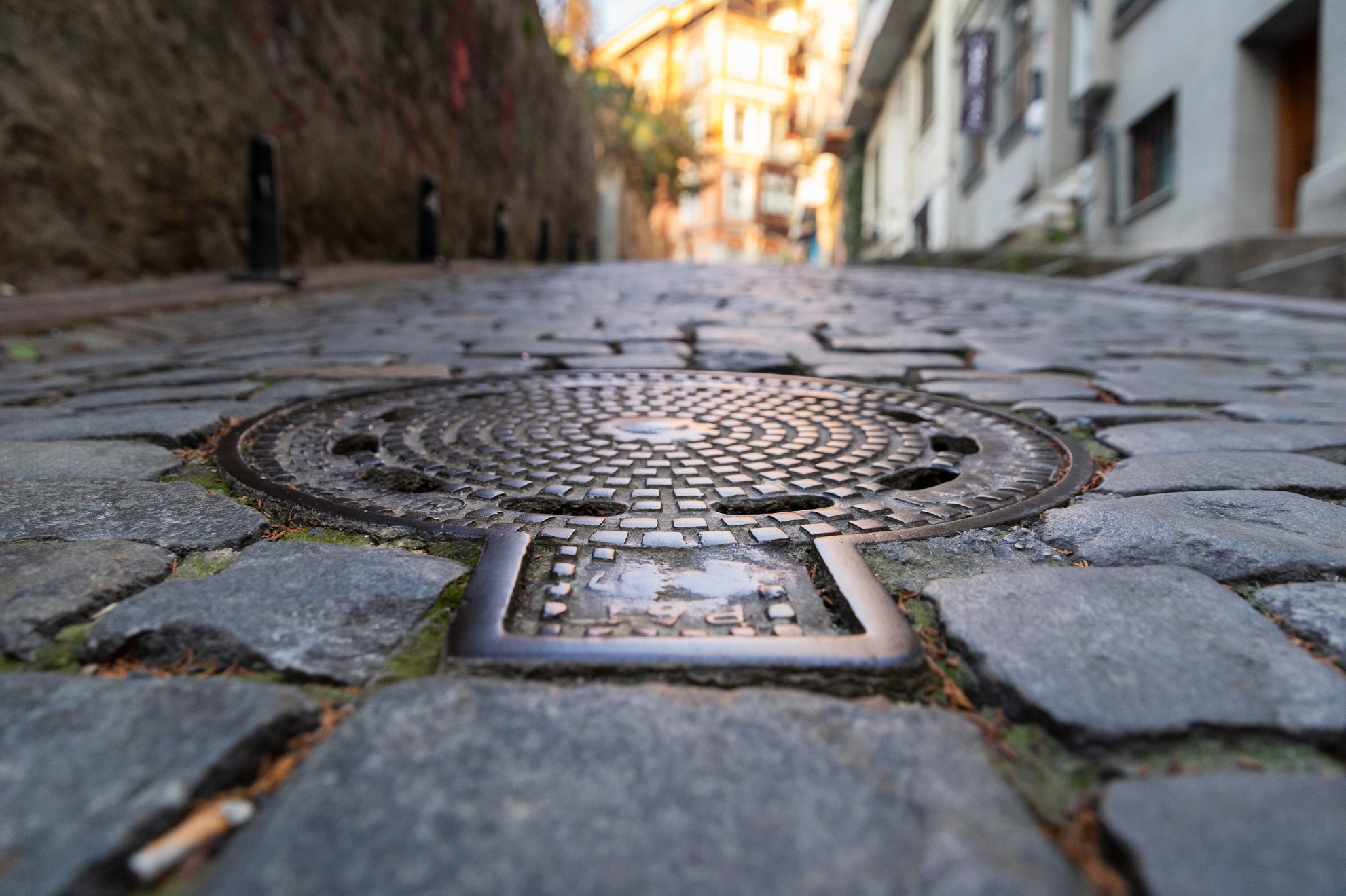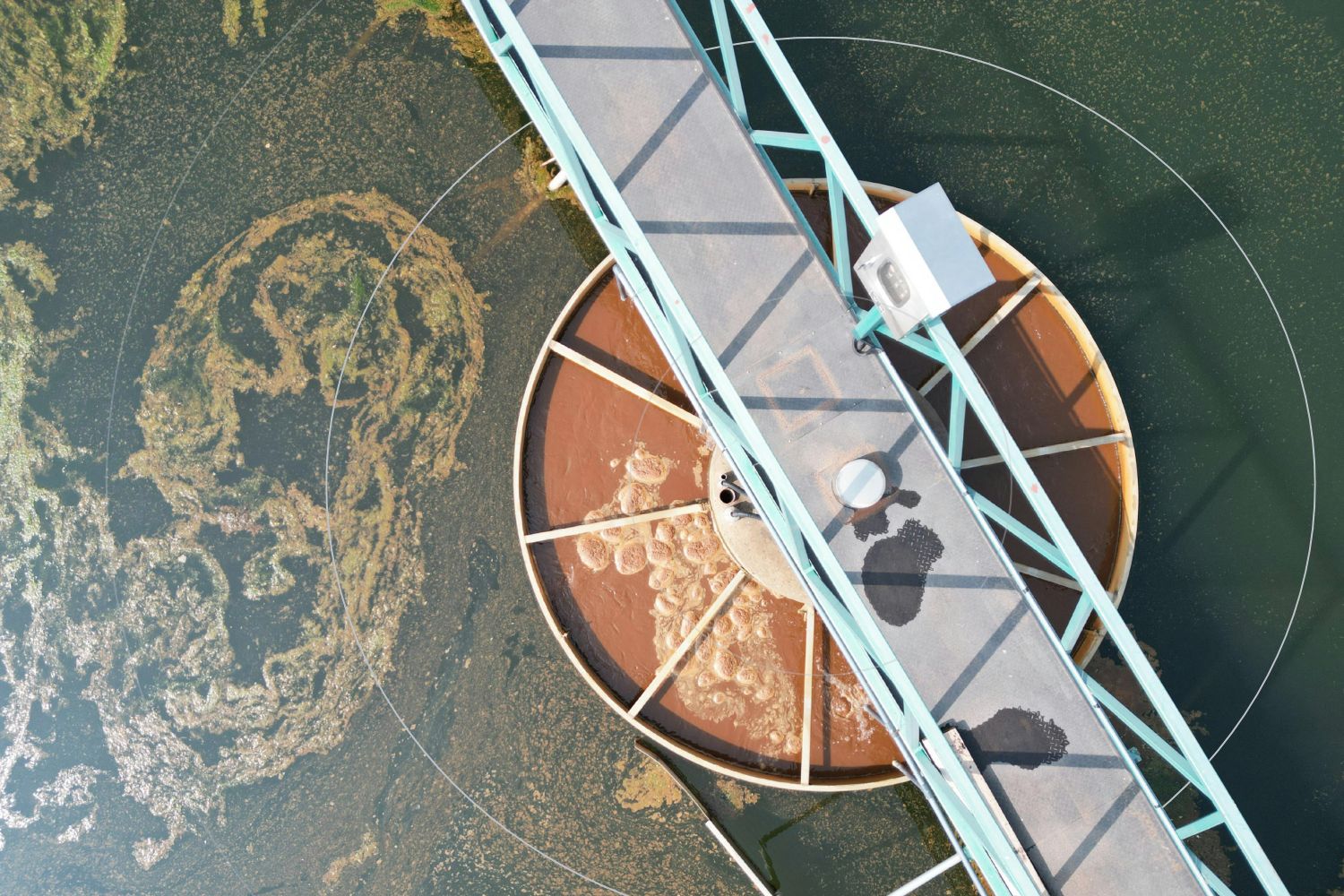Monitor antibiotic resistance in
water
wastewater
sludge
soil
sediment
agriculture
aquaculture
hospitals
food

.png)




Our services
Impacting tomorrow


.png)



.png)

In numbers
Samples analysed
Sample countries
Projects supported

How it works
Quantify
Screen the genetic composition of antibiotic resistance in your environmental samples. Visualise and compare antibiotic resistance index between locations.

Understand
Benchmark your results against latest scientific baselines, and compare them to a global database of antibiotic resistance in similar environments.

Act
Identify problematic sites and point sources. Get alerted to changes in genetic resistance levels and stay ahead of emerging issues.

Are you working in WWTPs?
Explore our newly introduced Water Biosecurity Platform, developed to seamlessly integrate AMR surveillance it into your WWTP operations.
Our sectors
Are you working in LMICs?
Contact us to consult how we can support projects for AMR monitoring in the environment.
FAQs
Find answers to the most common questions about our monitoring service process, gene selection, DNA concentrations and other important information.
See all FAQsWe have over 600 previously validated primer sets available in our database. A single SmartChip analysis can measure up to 384 genes. Our database includes assays targeting:
- Antibiotic resistance genes (ARGs), including:
- aminoglycoside, amphenicol, beta-lactam, florfenicol, multidrug efflux pumps, macrolide–lincosamide–streptogramin B (MLSB), trimethoprim, tetracycline, and vancomycin
- Genes targeting other antibacterials, such as:
- nisin, bacitracin, antiseptics, and mercury
- Genes associated with mobile genetic elements (MGEs) and integrons
Each SmartChip analysis also includes the 16S rRNA gene, which is required for our relative abundance calculations.
You can customise the target genes for your project. We will provide a list of available assays for selection during project planning. Please note that the 16S rRNA gene must be selected.
The customisation options for chip analysis are:
- 6 genes: 256 samples
- 12 genes: 128 samples
- 24 genes: 72 samples
- 36 genes: 48 samples
- 48 genes: 36 samples
- 54 genes: 32 samples
- 72 genes: 24 samples
- 80 genes: 21 samples
- 96 genes: 18 samples
- 120 genes: 14 samples
- 144 genes: 12 samples
- 216 genes: 8 samples
- 248 genes: 6 samples
- 296 genes: 5 samples
- 384 genes: 4 samples
Yes, at the moment we have 26 primer sets available to target certain taxonomy group of bacteria and pathogens.
We accept all types of samples, e.g., soil, sediment, sludge, manure, stool, meat, tissue, swabs, river, lake, wastewater, and seawater.
We deliver analysis results within 10 working days. For three or more chips, the analysis process may take longer.
In Resistomap we provide antibiotic resistance monitoring services starting from sampling to the final analysis of the SmartChip qPCR results.









